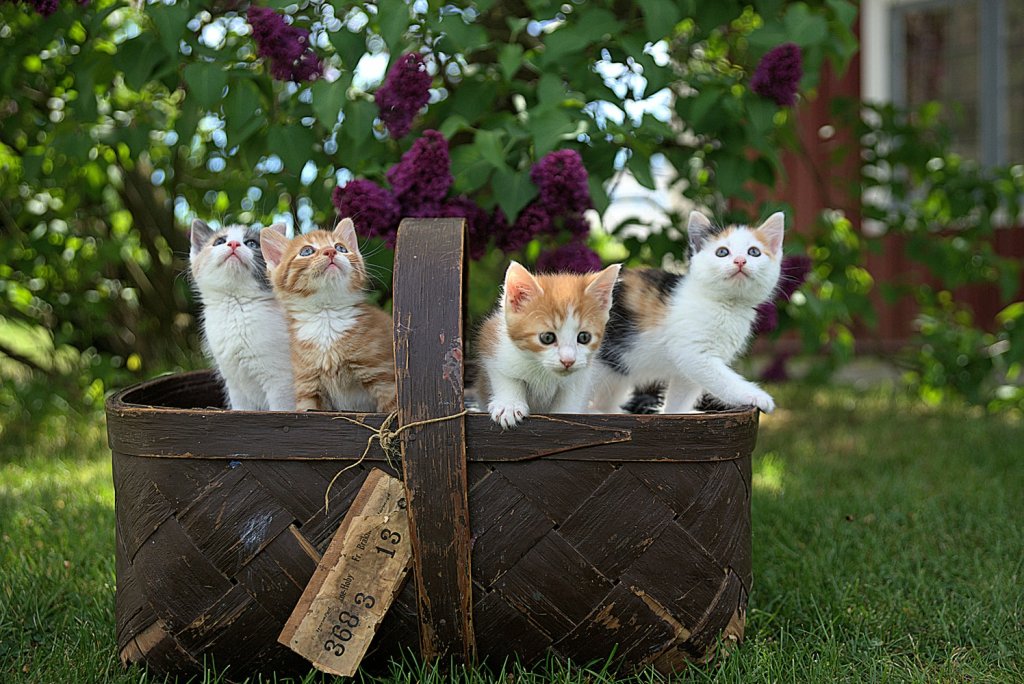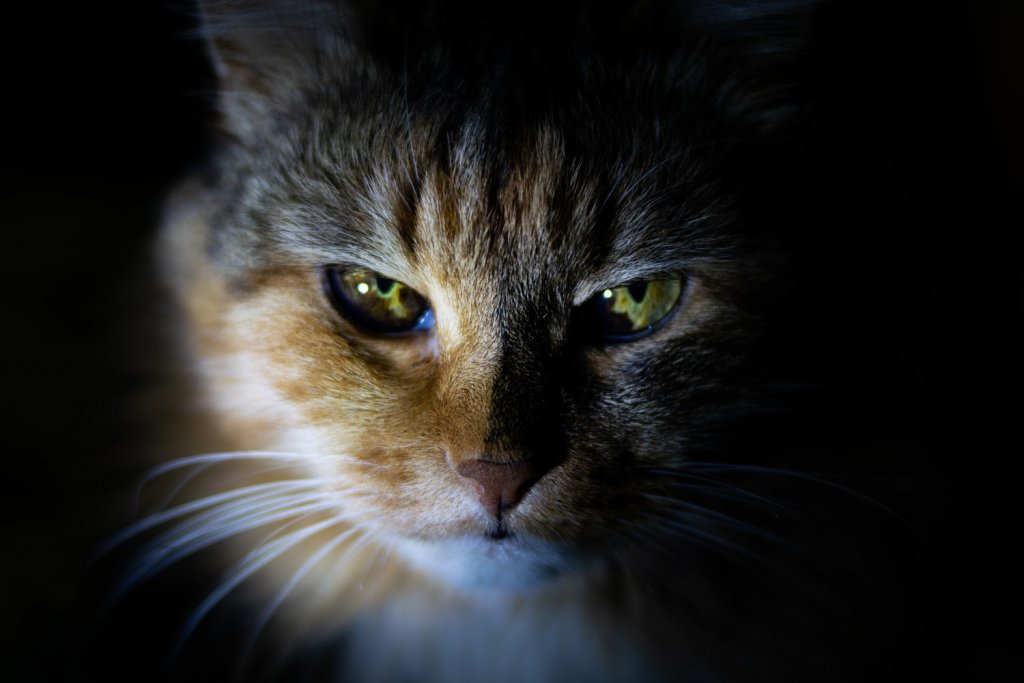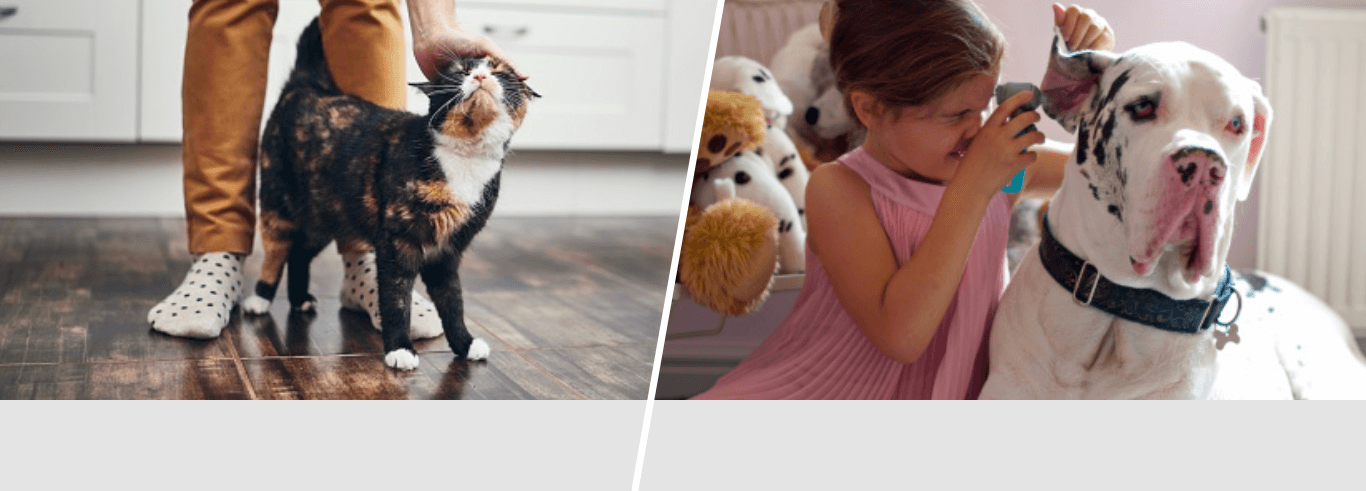5 incredible cat facts you almost certainly didn’t know
If you’re a cat owner, you probably know your cat inside out. However, while you might know the essentials for caring for your pet, there are some facts you might not know about all our other feline friends around the world.
We’ve compiled the five most interesting facts about cats we’re almost certain you didn’t know.
1. How old is the oldest cat in the world?
Did you know the oldest domestic cat in the world lived to an incredible 38 years old? That’s more than three times longer than the average cat life(1).
The oldest cat ever was called Creme Puff, a mixed tabby cat who lived from 1967 to 2005. She even made it into the 2010 Guinness World Record book(2). Even more fascinating is that Creme Puff’s owner, Jake Perry, previously had another cat who was the preceding record holder.
Interestingly, most of Jake Perry’s pets have made the grand old age of at least 25 years old. Want to know the supposed secret to a long cat life? Creme Puff was fed a diet of mostly dry cat food, but was also treated to food such as broccoli, eggs, turkey bacon, and coffee with cream(3).
It’s worth noting that food such as eggs and turkey bacon should only be given as a treat, and as part of a balanced diet. Similarly, while the phrase may be ‘the cat got the cream’, coffee and milk are toxic to your cat. If you want to treat your cat, you should buy specialist milk.
2. How many cats are in the world?
In the UK alone there are 10.9 million cats(4), and globally it’s around 600 million(5). According to a past survey by Money Supermarket, the UK’s top ten cat breeds are(6):
- Moggie
- Ragdoll
- Bengal
- Maine Coon
- Domestic Shorthair
- British Shorthair
- British Blue
- Persian
- Birman
- Siamese
Taking a closer look at the top three breeds, the Moggie is the most common cat across UK households. Not only that, but the breed is thought to have been around since 8,000 BC(7).

3. Cats in space
Did you know a cat has been to space? In 1963, as part of France’s space programme, Felicette, a so-called ‘Tuxedo cat’ due to its black and white colouring, was chosen to venture into orbit.
Fourteen cats were trained in total for the mission, going through similar training methods as humans would. All the trainee cats were female on the basis that queen cats have a typically quieter and calmer temperament.
Felicette’s space mission lasted just 13 minutes, and she became a media star. However, it wasn’t until more than 50 years later that Felicette’s success was publicly recognised.
After a crowdfunding campaign set up in 2017, Felicette finally had a statue unveiled in her honour in December 2019 as part of the 25th anniversary of the International Space University’s Master of Space Studies programme(8).
4. What is the largest cat in the world?
The largest domestic cat breed in the world is the Savannah. Their size can vary depending on generation, and the males tend to be larger than the females(9). The Savannah breed is classed as a hybrid exotic breed as it mixes a wild species (Serval) with a domestic one.
As a result of the Savannah being a hybrid exotic breed, this means they often have a wilder temperament and are generally not the best cat breed to have as a family pet. However, if you suffer from allergies, the Savannah breed may be a better option than other domestic cats, as they tend to shed less fur.
Due to their large size, these types of cats require more regular exercise than the average domestic cat breed. They may also need extra training due to their wild instincts such as climbing and hunting – they’ve even been known to jump up to 8ft high from a standing position!
The longest cat in the world was Arcturus Aldebaran Powers, a male Savannah who was just over 19 inches tall and weighed 30 lbs. He made it into the Guinness World Records in 2016 for being the world’s longest cat(10).

5. Cats have eyebrows
We’ll finish with a strange, but funny cat fact… cat eyebrows. Yes, you read that correctly, cats do indeed have eyebrows. However, they’re not what we humans think of as eyebrows.
A cat’s eyebrows are more commonly recognised as whiskers located above a cat’s eyes. A cat has whiskers not only above their eyes, but also on their muzzle, ears, and forelegs. While you may think these are just tiny hairs, they are very sensitive and full of nerves.
Whiskers work as a sensory tool for cats and can help them to navigate their surroundings, work out the size of spaces, and can help their visibility at night-time(11). Like human eyebrows, these whiskers also help to keep things out of their eyes.
If you want to read more about our feline companions, head over to the Let’s Talk Cat section of our blog.
Cat’s make amazing pets but it’s important to protect your cat with Argos Pet Insurance provided by Pinnacle Insurance Ltd. Explore our cat insurance policies today.
References
- https://www.cats.org.uk/mediacentre/facts-figures
- https://www.guinnessworldrecords.com/world-records/oldest-cat-ever/
- https://www.atlasobscura.com/articles/how-to-raise-a-165-year-old-cat
- https://www.pdsa.org.uk/get-involved/our-campaigns/pdsa-animal-wellbeing-report/uk-pet-populations-of-dogs-cats-and-rabbits
- https://www.nationalgeographic.com/news/2016/11/cats-lion-living-room-abigail-tucker/
- https://www.moneysupermarket.com/pet-insurance/right-cat-breed-for-you/
- https://www.whiskas.co.uk/breeds-detail/domestic-cat
- https://www.space.com/felicette-first-cat-in-space-statue-unveiled-in-france.html
- https://www.purina.co.uk/cats/cat-breeds/library/savannah
- https://www.guinnessworldrecords.com/news/2017/9/cygnus-and-arcturus-how-the-tallest-cat-and-the-kitty-with-the-longest-tail-live-487535/
- https://www.purina.co.uk/cats/behaviour-and-training/understanding-cat-behaviour/why-do-cats-have-whiskers
 Sorry, our lines are now closed
Sorry, our lines are now closed



